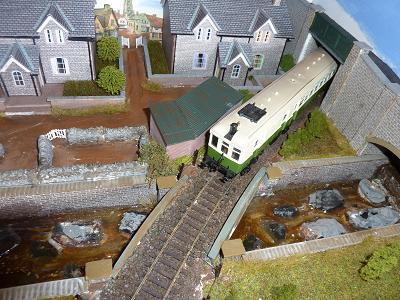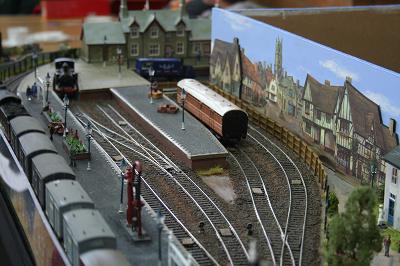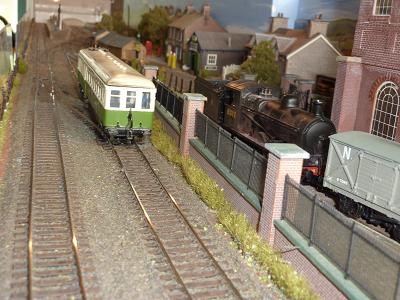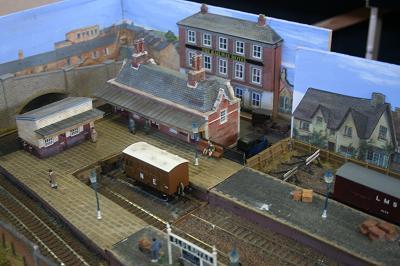Elderdyke for Clogger ![]()
Eddie Whitlock OO gauge 4mm scale
The Hull, Beverley and Scarborough Railway (HB&SR) was proposed to form a direct route between Driffield and Seamer Junction without having to use the coast route via Bridlington and Filey, or the inland route via Malton.
The line from Driffield to Seamer was single track and was completed in 1846 with intermediate stations at Kilham. Langtoft, Elderdyke and Foxholes. The line was absorbed into the York and North Midland Railway. which controlled lines in the Hull, Whitby and Scarborough areas until 1854 when it amalga- mated with the York, Newcastle and Berwick Railway and the Leeds Northern Railway to form the North Eastern Railway. The North Eastern Railway con- trolled most of the lines in the North East of England between the Humber and the Tweed and became part of the LNER at the grouping in 1923.
At Elderdyke there was a short branch to Clogger, to capture the vegetable traffic. Elderdyke was not the largest village on this section of the route, so was not blessed with a passing loop, but it was the most convenient location for the Clogger branch to join the route. There was a siding connecting the works of Moore's printers, who had acquired the contract. During the Second World War, to print ration books for the Government This generated a good deal of van traffic to and from the works.
The agricultural traffic from Clogger, together with coal and general freight supported a viable goods service, but the passenger service was not well patronized.
The time period for the layout is around 1946. The LNER are embarked on a re-numbering scheme, so some locomotives carry old numbers and some new.
Passenger trains over the HB&SR never needed to be very long, three coaches usually being sufficient to cope with passenger numbers.
The Clogger branch closed to passengers in 1958, although freight traffic continued until 1962 when the line from Driffield to Seamer closed to all traffic



